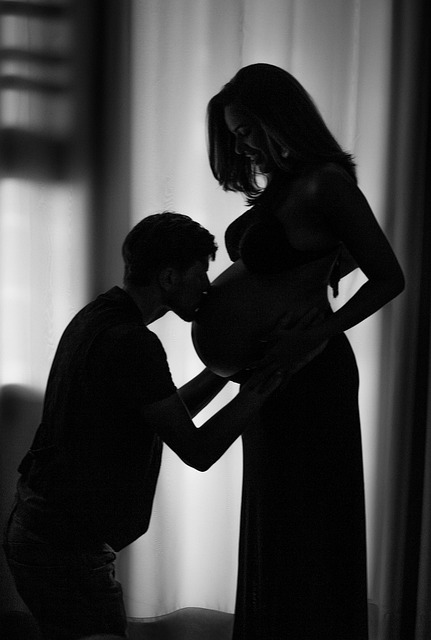Growing up, my mom was a firm believer in the power of hugs, insisting on at least three a day. “Hugs bring joy!” she would declare, wrapping me in her embrace. As a teenager, I often rolled my eyes at her, but now as a parent, I wholeheartedly recognize the truth in her words. Hugs indeed elevate our spirits, and I cherish every opportunity to envelop my child in a loving hug.
Recent research, including a study by Huggies titled “The Power of Human Touch for Babies,” reveals that infants possess an intrinsic need for love and nurturing, which fosters trust and attachment. While I didn’t require scientific backing to justify holding my baby, it’s certainly helpful to counter those well-meaning relatives who suggest I should just lay the baby down. Let’s explore the different types of hugs we share with our little ones.
The First Embrace
I vividly remember the moment I held my baby for the first time. After a challenging delivery, I had to wait hours to meet her, so when the moment finally arrived, I was overwhelmed with emotion. All the clichés about feeling an intense connection upon first holding your child are undeniably true. Did you know that hugging releases feel-good chemicals in the brain? Both oxytocin and dopamine flood your system during a hug, which explains the euphoric sensation I experienced when I first hugged my baby.
Kangaroo Care
Because my daughter was born a bit premature, we began practicing “kangaroo” hugs, or skin-to-skin contact, immediately. This involves placing your baby, clad only in a diaper, directly against your bare chest. I treasured these moments, relishing the time spent simply cradling her while stroking her tiny features. I could even see the delicate wisps of hair around her ears as she lay against me.
The Rocking Hug
We all know the beloved “walk and rock” hug; you hold the baby while gently swaying, dancing, or walking to soothe them to sleep. Parents develop incredible thigh strength from all that low squatting while rocking. Neuroscientist Olivier Oullier points out that hugging activates the protective instincts inherent in all parents, enhancing the bond between caregiver and child.
The First Back Hug
Then comes the magical moment when your baby hugs you back. Is there anything more delightful than feeling those little arms wrap around your neck while they sigh and snuggle into your chin? I can still recall the first time my daughter embraced me in that way—it’s an unforgettable milestone.
The First Step Hug
This is a significant moment! After your toddler takes their first steps, swooping them up in joy and celebrating their achievement brings a unique exhilaration. It’s a mixture of pride and trepidation as you realize they’re growing up.
The Boo-Boo Hug
With newfound mobility comes plenty of tumbles and scrapes. Research shows that hugging and comforting your child during these small mishaps can actually alleviate pain. That same Huggies study indicates that babies experience less discomfort when held during medical procedures like vaccinations. The release of endorphins from those affectionate hugs explains why a simple embrace can make your little one feel better.
The Goodnight Hug
Even now, my favorite hug is the goodnight hug. As my daughter has grown, it’s become more of a cuddle session where we talk or read together before sleep. These moments strengthen our bond, likely due to the oxytocin released during our hugs. They truly are the highlights of my day.
While science confirms the benefits of hugging for babies, it’s clear that parents also thrive from these nurturing exchanges. So, ask yourself: have you had your fill of hugs today?
For those interested in exploring more about parenthood and family, you can check out this post on home insemination kits. Additionally, for an authoritative resource on pregnancy and home insemination, visit this Wikipedia page.
In summary, the act of hugging has profound emotional and physical benefits for both babies and parents. From the first embrace to those comforting goodnight cuddles, every hug plays a vital role in nurturing our children’s well-being.
